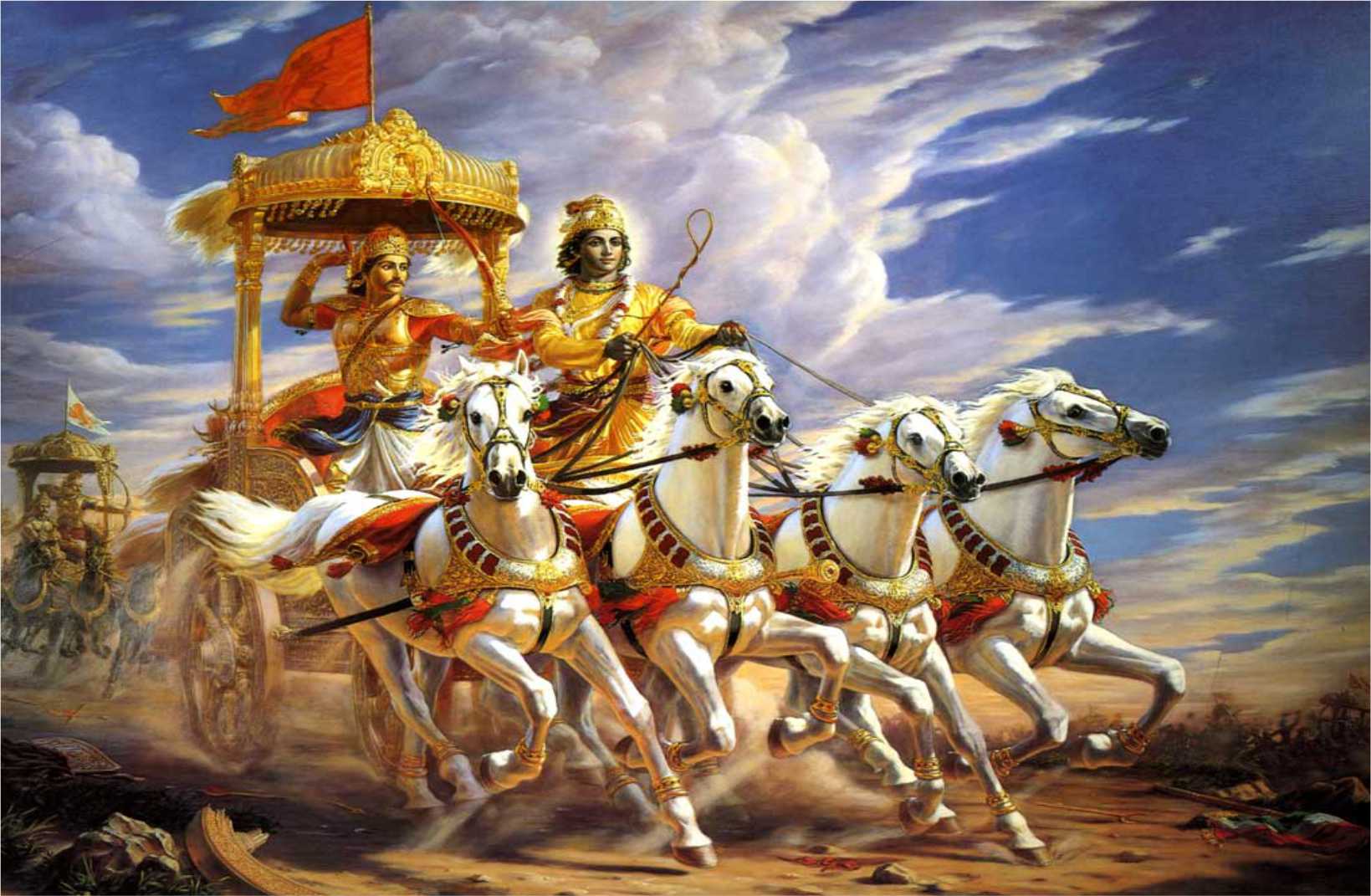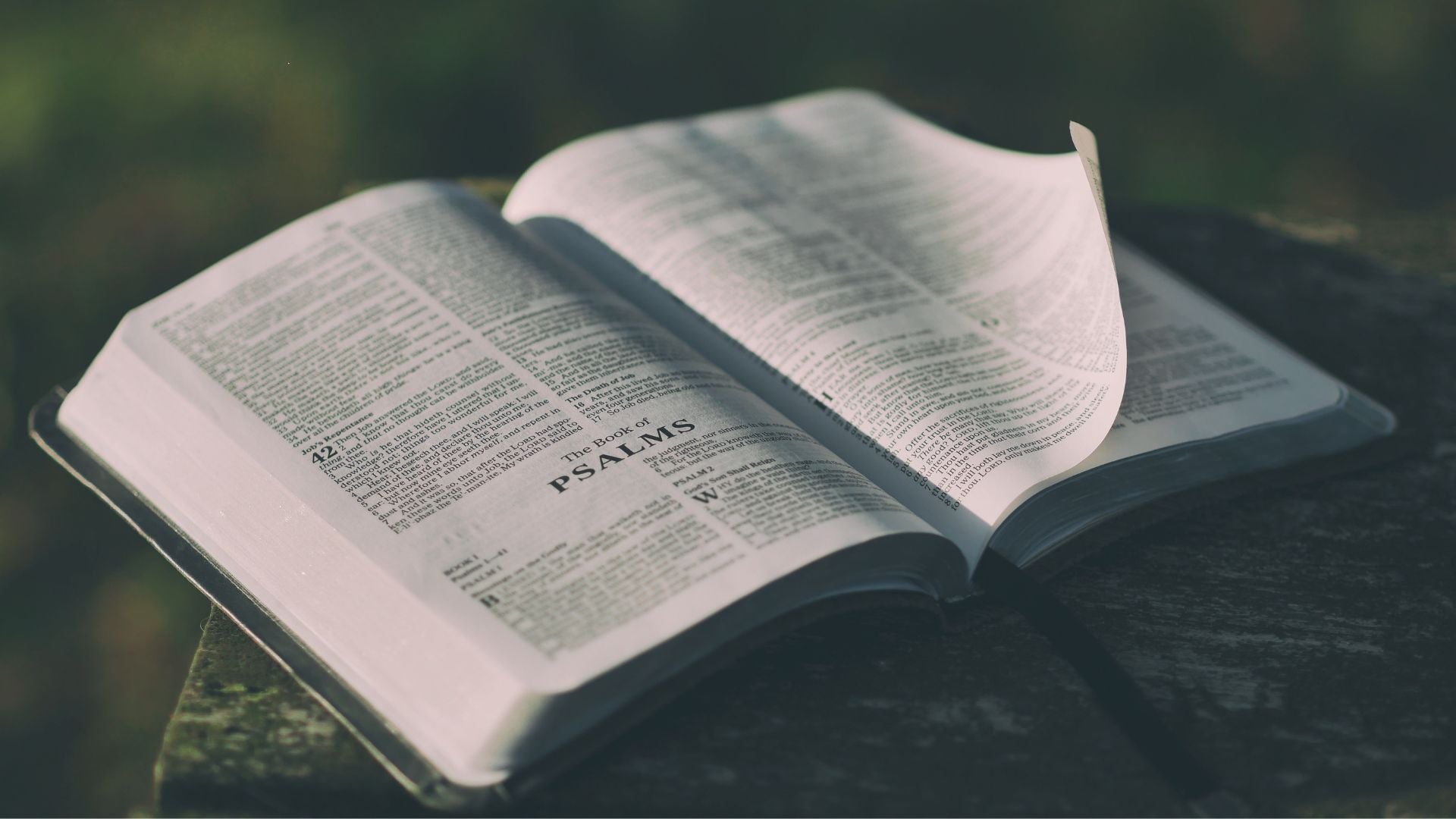The Geometry of These End Times
Paramendra Kumar Bhagat | www.paramendra.xyz
June 22, 2025
These are the End Times.
In geometry, you first have to agree on the definition of a point—something that has no length, breadth, or height—before you can define a line. A line is the shortest distance between two points.
Why is the Bible considered scripture? Because it contains prophecies. That is a point. Which means, if there is another book—or other books—that also contain prophecies, they too are scripture. And if a book contains prophecies that were fulfilled, but you refuse to acknowledge it as scripture, then your position is not religious or spiritual—it is nationalist.
Prophecies are evidence of God. That there is a Being who is all-knowing, all-powerful, and present everywhere. The one true living God. That God is three persons: the Holy Trinity.
There are also citizens of heaven with enormous powers and vast knowledge—though still finite. They too worship God. The Bible speaks of hundreds of millions of angels in heaven. These are akin to the small-“g” gods and goddesses of the Hindu tradition.
Judaism is not a false religion. The Jews and the Christians worship the same God.
Why did October 7 happen? Because the Jews found the Red Heifer they had long been seeking—in Texas, of all places. They bought it and took it with them. Hamas knew what would follow, because it is written: they would sacrifice the Red Heifer, demolish the mosque, and build the Third Temple. So Hamas launched a preemptive strike—October 7 was their attempt to save the mosque.
Now imagine a scenario where the Jews do proceed with the sacrifice, the mosque is destroyed, and the Third Temple is built. The Bible describes a war in which Israel is attacked by many nations all at once. Is that about to happen?
These are the End Times.
The Hindus are like the Jews—only more so.
The Jews famously rejected Jesus 2,000 years ago, and every year since. Why? Because Jesus did not match their expectations of the Messiah. The Messiah, they believed, would be a king who brings global peace and prosperity. Jesus was not an earthly king. He was homeless. There is still no peace. There is still no prosperity.
When the disciples asked Jesus to teach them how to pray, he gave them the most famous Christian prayer: Thy kingdom come. As in: God, become king of the earth. Prayed in every nation, this is a call for divine rulership in every land.
That means Jews and Christians wait for the same person. Christians should not be upset that Jews do not accept Jesus. The Bible itself prophesies that he will be accepted by the Jews at the Second Coming. Relax.
And how would he be accepted if the world ends the moment he returns? Think about it.
Consider how misleading it would’ve been to assume Jesus would enter the world 2,000 years ago riding a donkey. That prophecy was about his entrance into Jerusalem, not into the world itself. “Coming down from the clouds” could just mean Jesus arriving in your city by airplane. And he’s not alone. Moses is back. John the Baptist is back. Job is back. Thomas is back.
God doesn’t arrive alone. There is a vast team in place across the world.
The work of salvation was accomplished 2,000 years ago. But if that were the only work needed, there would be no need for a Second Coming. That there is one means there’s more to do: to end this age—the worst of the four—and begin the next—the best.
The next age will also be on this earth. That’s how we know the earth won’t end. The world will not end.
The Bible repeatedly refers to “this age.” If we are in this age, then there was one before it, and another will follow. The next has been vividly described in the Book of Isaiah—an age of peace and prosperity across the globe.
So how many ages are there? Are they linear? Or cyclical?
Hinduism is not a false religion, any more than Judaism is. If it were, the Messiah—Lord God, the Holy Father—would not take human birth as a Hindu to end this age and usher in the next. And no, he will not be born in the line of David. That prophecy was fulfilled in Jesus.
To understand the ages, Hinduism is the roadmap. “Hinduism” is a Western term. The correct name is Sanatana Dharma—the eternal religion. It originated in the last Satya Yuga, the best of the four ages. The Holy Spirit descended and taught it directly to his seven disciples—the Sapta Rishis.
Columbus did not “discover” America. That is a Eurocentric narrative. People were already here. Similarly, the idea that human beings began primitive and have only progressed since is incorrect. Humans have never been dumber than in this age—the Kali Yuga, the age of sin that has lasted over 5,000 years. In the next age, humanity’s capacity for spiritual knowledge will increase 100-fold. That is why all religions born in the Kali Yuga will die with it. Primary school is ending. That’s good news.
The Mahabharata is not myth—it is scripture and history from the Dwapar Yuga, the previous age. It contains prophecies. It is unparalleled in literary richness. When characters in the Mahabharata were told about the Kali Yuga, they asked, Can humans really treat each other so terribly?
The Ramayana is scripture from the age before that.
To say you follow Jesus so fervently that you reject the Holy Father is absurd. Jesus said, “The Father is greater than I.” The Jesus of the Second Coming will be like John the Baptist 2,000 years ago.
The Holy Father—Lord God Vishnu, known as Yahweh—has come in human form before. He was Rama, 7,000 years ago, as told in the Ramayana. Before leaving, He said He would return. He came back 2,000 years later as Krishna. He came again 2,500 years ago as the Buddha.
Five thousand years ago, He promised to return to restore righteousness, end this age, and begin the next. He is back. Eleven of the twelve ancient prophecies about Him have already been fulfilled. He has laid out a roadmap for global peace and prosperity. The work has already begun—in Nepal. Nepal is the chosen pilot project country.
🧵 The Geometry of These End Times
— Paramendra Kumar Bhagat (@paramendra) June 22, 2025
By Paramendra Kumar Bhagat | https://t.co/Fd35SIgPg7
June 22, 2025
Prophecies Are Proof Of God
Why 100 Crores? Funding Stage One Of The Kalkiist Project In Nepal
Free Education And Health Care For All In Nepal By Way Of A Referendum
The Most Awaited Person In Human History Is Here
Prophecies Are Proof Of God
Why 100 Crores? Funding Stage One Of The Kalkiist Project In Nepal
Free Education And Health Care For All In Nepal By Way Of A Referendum
The Most Awaited Person In Human History Is Here
Prophecies Are Proof Of God
Why 100 Crores? Funding Stage One Of The Kalkiist Project In Nepal
Free Education And Health Care For All In Nepal By Way Of A Referendum
The Most Awaited Person In Human History Is Here
Prophecies Are Proof Of God
Why 100 Crores? Funding Stage One Of The Kalkiist Project In Nepal
Free Education And Health Care For All In Nepal By Way Of A Referendum
The Most Awaited Person In Human History Is Here
Prophecies Are Proof Of God
Why 100 Crores? Funding Stage One Of The Kalkiist Project In Nepal
Free Education And Health Care For All In Nepal By Way Of A Referendum
The Most Awaited Person In Human History Is Here









